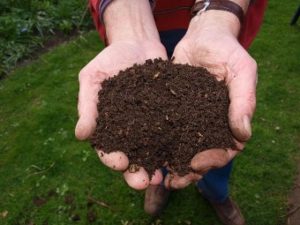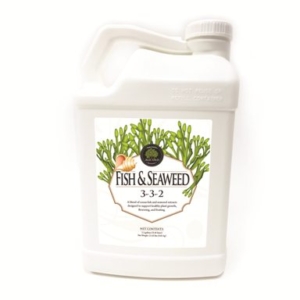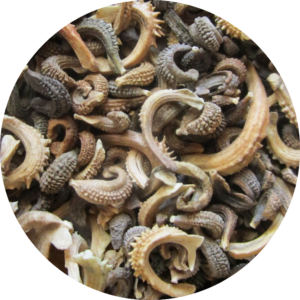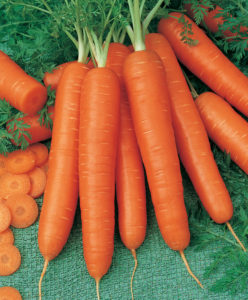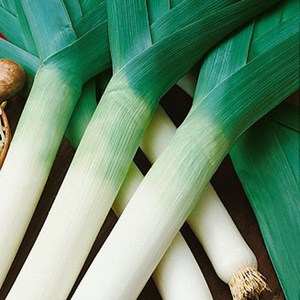Care and Planting of Seedlings
Guide to Seedlings
by Engrid Winslow
If you purchased seedlings such as vegetables or annual herbs and flowers there are a few things that you have to keep in mind for the care and planting of seedlings. They are way too tender to be planted outside unless they are “hardened off” and if they came from a nursery or greenhouse that has definitely not happened yet. Here are some guidelines to follow:
• Place them in a spot indoors where they can get at least ten hours of sun or use grow lights to keep them healthy.
• Move them outdoors gradually so they are exposed to sun and wind over a week to ten days (This is what is known as hardening off).
• Start slowly when temperatures are above 60 degrees and only leave them in the sun for 1-2 hours. Then move them into the shade if the temperatures continue to be mild enough.
• Increase the amount of sunshine each day and gradually expose them to more sun in 2-hour increments each day.
• Be aware of the last frost date in your area. Don’t plant until after that date and be prepared to cover them if the weather gets cold and snowy.
• Don’t forget to check your seedlings at least once a day for signs of wilting and water them well. Small pots with new seedlings can get dry very quickly.

